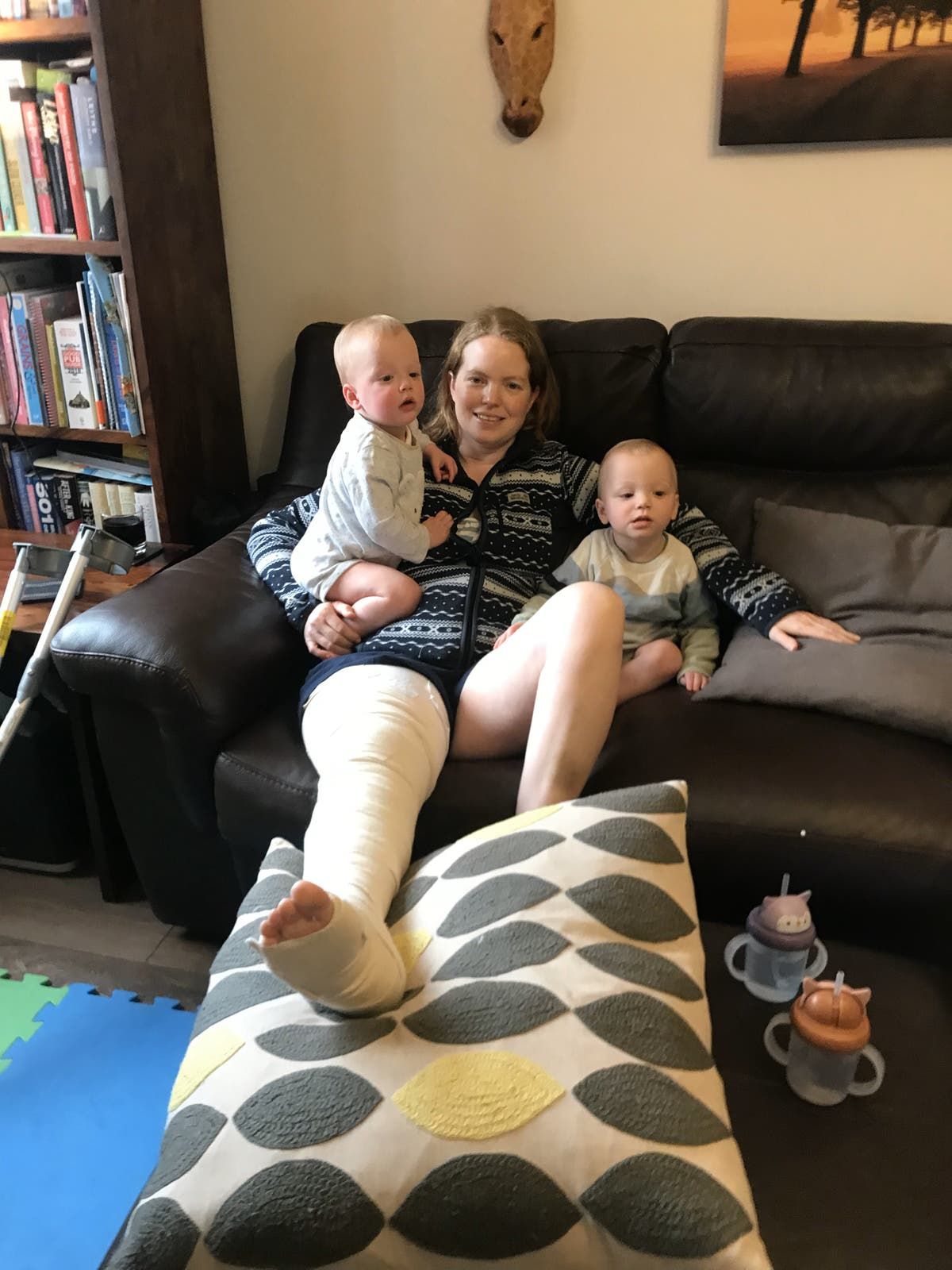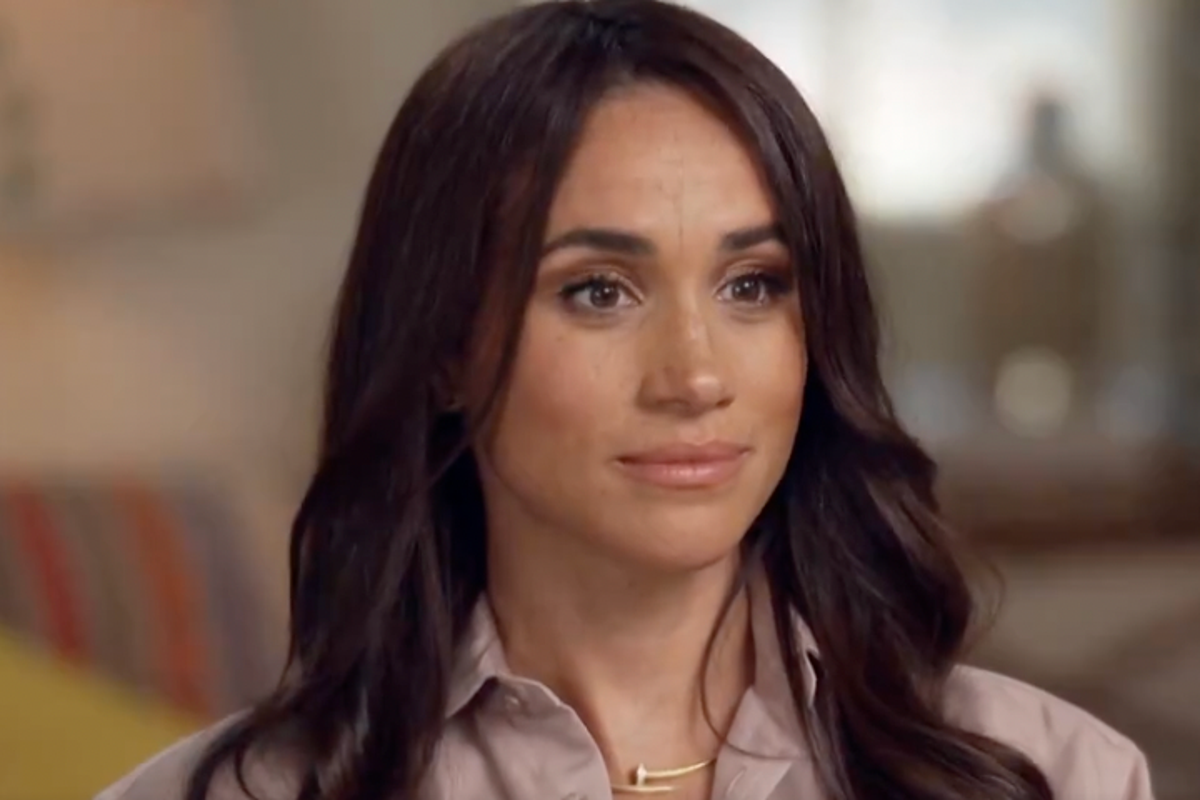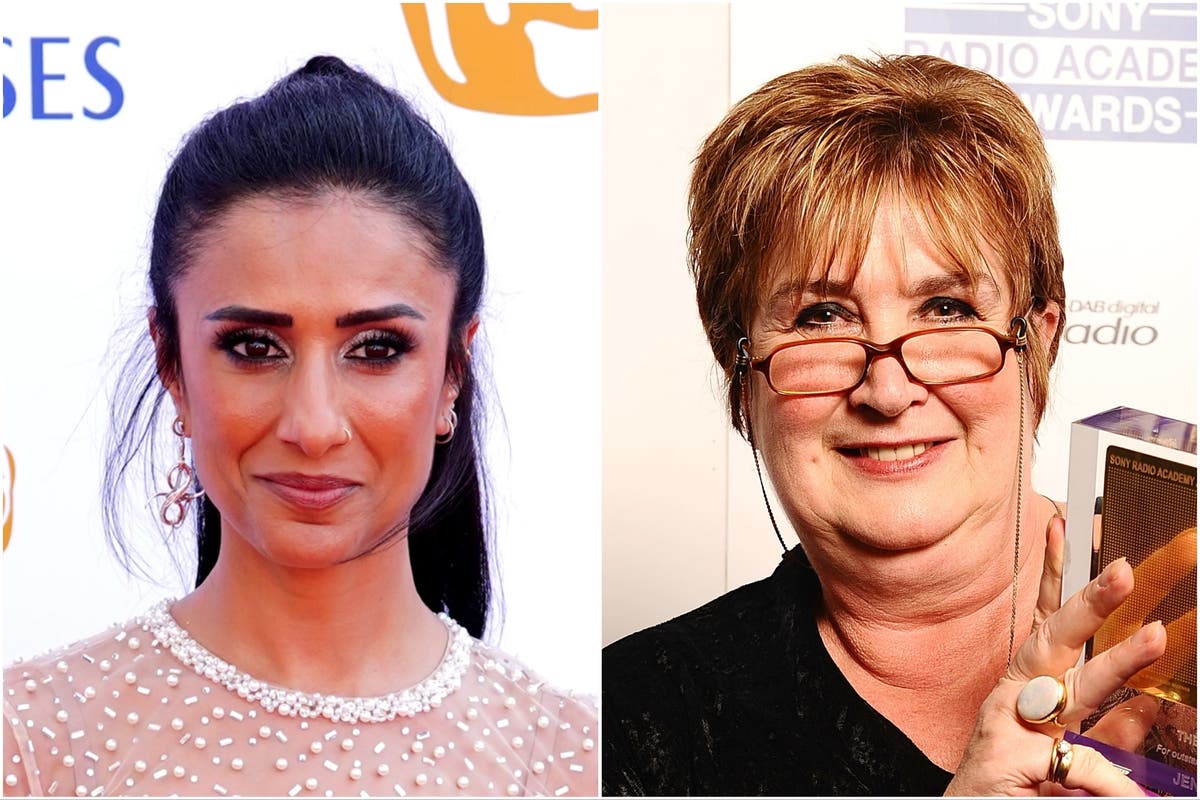Truly support
independent journalism
Our mission is to provide unbiased, fact-based reporting that holds the powerful to account and exposes the truth.
Whether it's $5 or $50, every contribution counts.
Support us in offering journalism without agenda.
A mother of twins has described how she survived a rare and aggressive form of skin cancer that was initially dismissed as a wart.
Beatrice Buckley, known as Bea, developed a mole on her foot while pregnant with her twin sons Alfred and Thomas.
At first she noticed a small dark spot “bigger than a freckle” on the side of her right foot.
Within months the skin lesion grew to the size of a 10p coin.
Even dermatologists didn't think the mole was anything sinister until tests revealed it was a rare and potentially deadly form of skin cancer.
Tests revealed Ms Buckley had stage three acral melanoma, a rare type of skin cancer usually found on the palms of the hands, soles of the feet or under the nails.
She told the PA news agency: “I fell pregnant in 2020, and in the early stages of my pregnancy, I noticed a small dark spot, bigger than a freckle.
“I thought it was probably a wart, but I had never had one before, so I went (to the pharmacy) to ask how I could safely treat it during pregnancy.
“They just said they didn't think it was a wart, but not to worry about it as it wasn't painful and would probably go away on its own.
“So I guess I put it aside.”
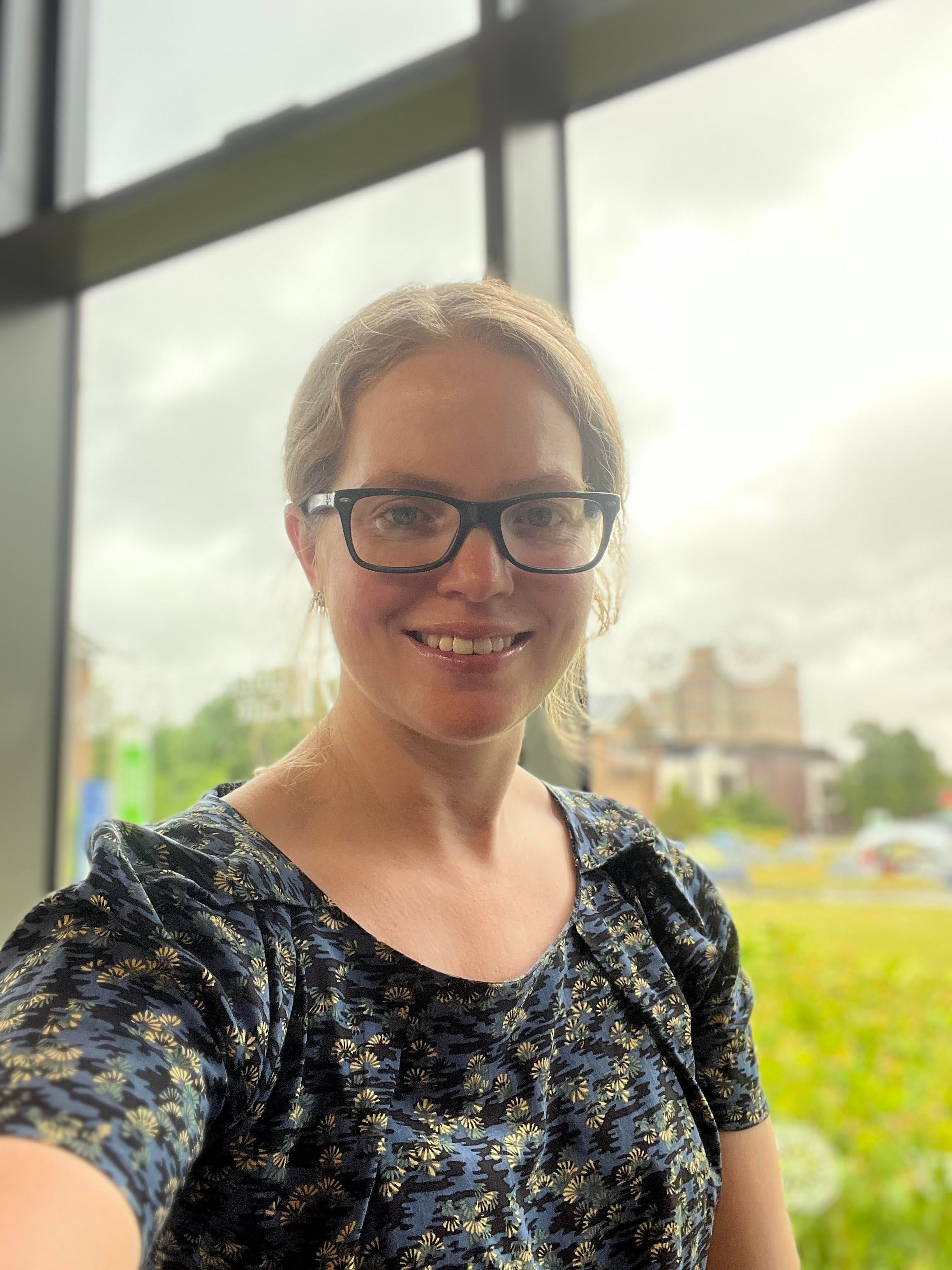
The 39-year-old added: “When the twins were about eight months old, they had grown in size.
“He started doing all the things you're supposed to look out for, he'd doubled in size, he was bleeding, when he went out for a run he was irritated.
“I went to the GP thinking ‘this could be nasty’ but even the GP thought it was a wart that I had probably rubbed on with my running shoes.
“I was only referred to dermatology because of my skin type.
“Even at that stage, when I saw a dermatologist, they thought it was probably nothing, but they did a biopsy and, to everyone's surprise, it turned out to be malignant melanoma.
“It was a real shock.”
The freelance communications manager, who stopped working during treatment, told PA: “It's terrifying. The word cancer is incredibly scary.
“When you hear the word cancer, your mind immediately goes to the worst place.
“In the middle of the night, you think about your children growing up without a mother, and it's horrible.”
Doctors discovered that the cancer had spread to several lymph nodes.
But after three surgeries and targeted therapy, Ms Buckley is now disease-free.
According to Cancer Research UK, only 1-3% of melanoma cases are acral melanoma, the disease that killed reggae artist Bob Marley in 1981, at the age of just 36.
This type of cancer is more common among people with dark or black skin.
This type of cancer is also most often diagnosed in middle-aged and older adults.
During her ordeal, she signed up for a research “matchmaking” service, which she described as a “one-stop shop” to help people get involved in studies to better understand cancer and other diseases.
“I am very passionate about research because I feel like I am one of the patients who has directly benefited from it, because years ago, melanoma patients were only treated with surgery – large clusters of lymph nodes were removed and that carried risks of life-changing side effects.
“In my case, I was able to take two pills twice a day from home. It wasn't easy at all. I was pretty ill last year, but now, six months after finishing my treatment, I'm here.
“I have no residual side effects, I am fine and I am cancer-free.
“I am very grateful to research for bringing these drugs to market.”
He added: “Being part of the research is a very good way to do it. It's a very good way for anyone to register. It's very easy.
“It’s like a one-stop shop for people who want to get involved in research.”
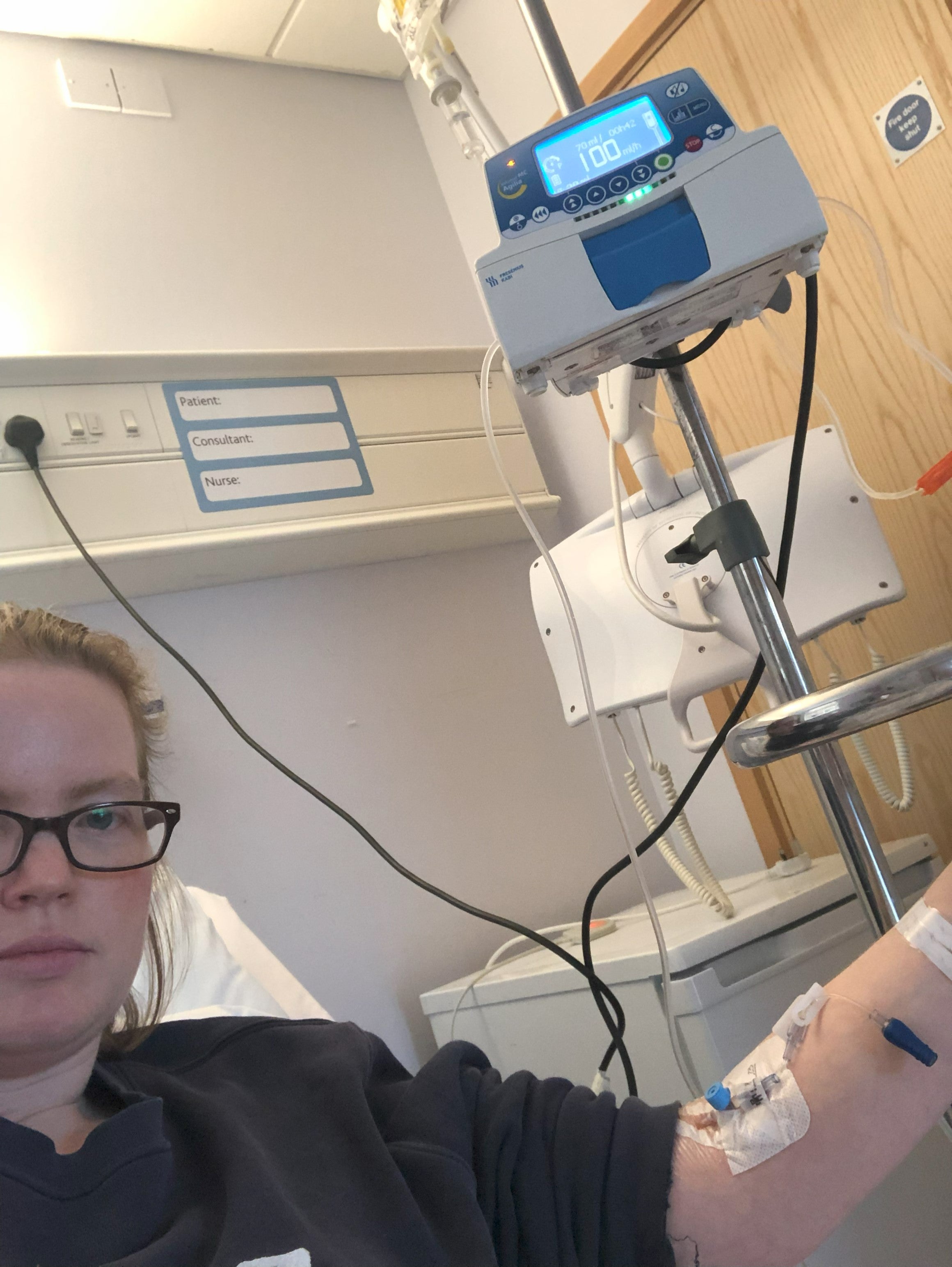
Ms Buckley, from Reading, signed up to the National Institute for Health and Care Research (NIHR) Be Part of Research project, which can be joined via the NHS app.
She was partnered with a research project called MyMelanoma and enrolled in the study, which aims to build the world's largest melanoma database.
More than half a million people have registered with Be Part of Research and around 50,000 have participated in research through the service.
The NIHR said people can sign up to the project in “just a few clicks” through the NHS app in England.
It is also available in partnership with the NHS in Scotland, Wales and Northern Ireland.
The goal is to have one million people sign up for the project by April 2025.
Professor Lucy Chappell, Chief Scientific Adviser at the Department of Health and Social Care and Chief Executive of the NIHR, said: “Be Part of Research simplifies the process of taking part in research by matching users with suitable studies based on their interests and where they live.
“To ensure UK research can continue to deliver breakthroughs in treatment and care and improve NHS, social care and public health services, we need everyone, from all backgrounds and communities, to register for this important service.”
Dr Vin Diwakar, National Director for Transformation at NHS England, added: “Whether you are in good health or have an existing health condition, I encourage everyone interested in getting involved in health research to use the ‘Be part of research’ on the NHS app to help develop new treatments that could improve people’s lives now and in the future.”

